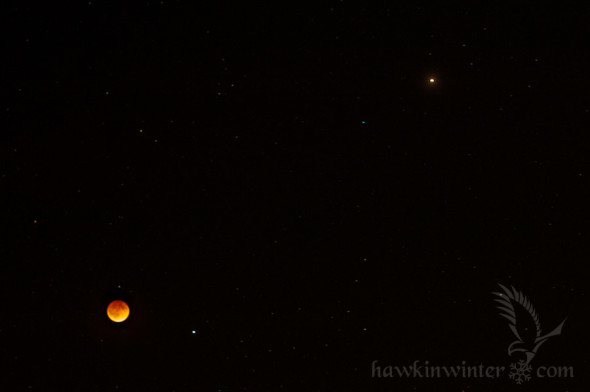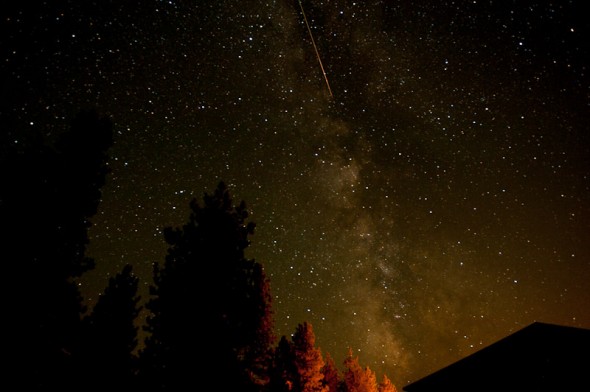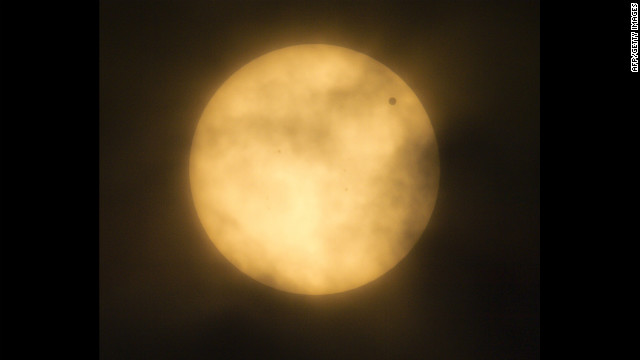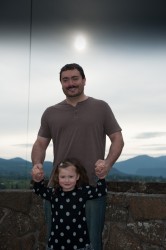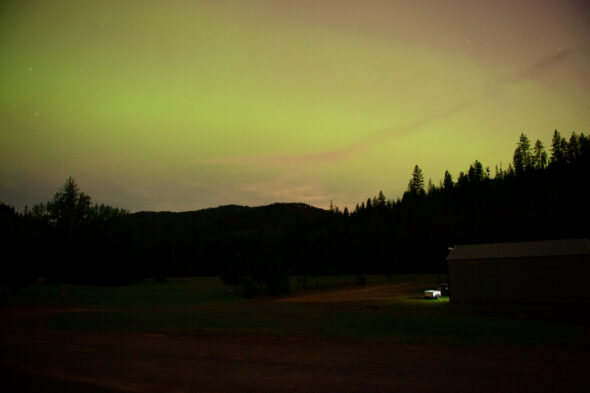


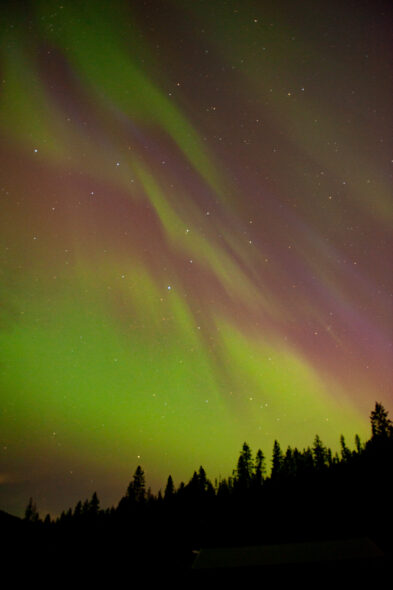

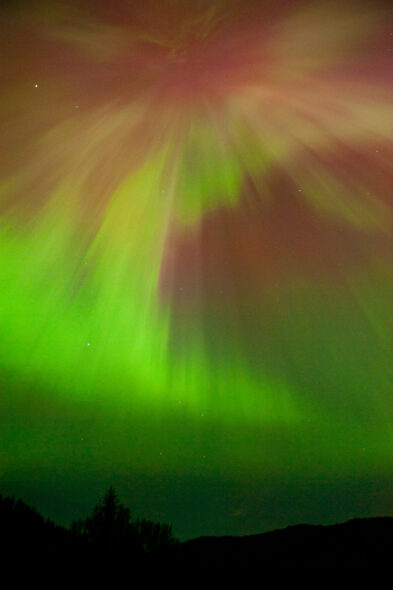
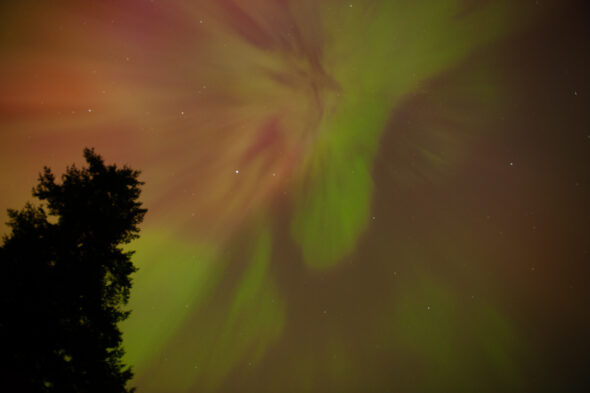
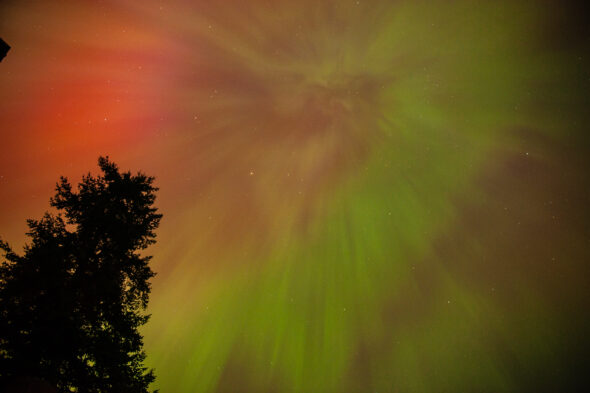
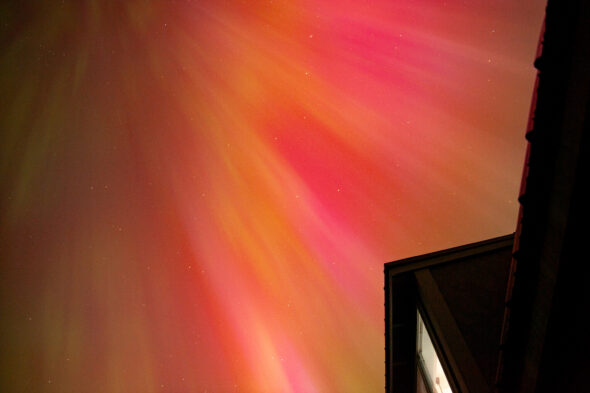
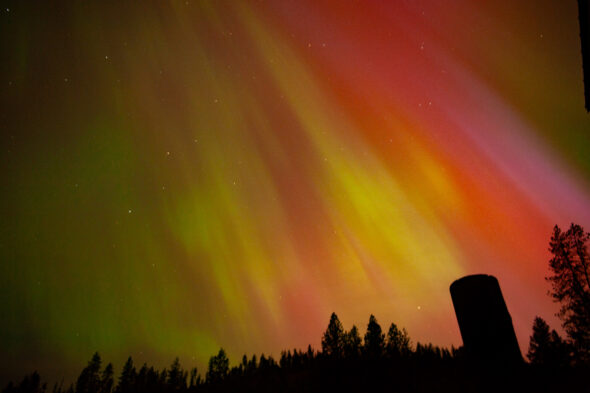
I have been ignoring this blog for a decade + now, but last night’s geomagnetic storm and the aurora it produced are definitely worthy of a post. My family and I were entranced by the light show and I did everything I could with my 15-year-old camera to capture as much of it as possible. I only wish I had a wider angle lens than my 24mm. Maybe I’ll have the right gear in 25 years when the next big geomagnetic storm hits. Most of these photos were taken facing SOUTH!
